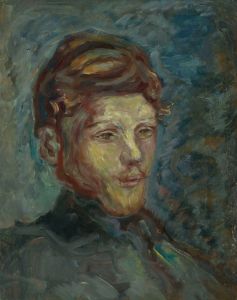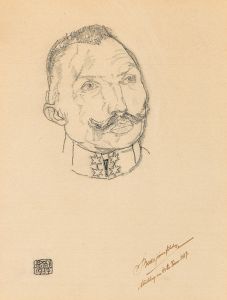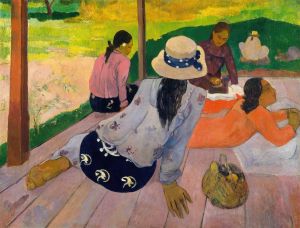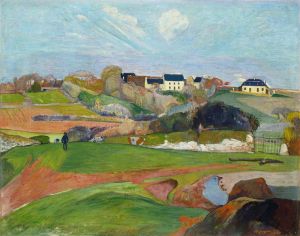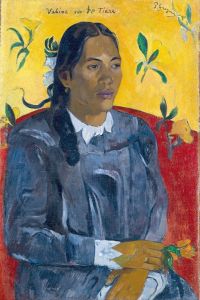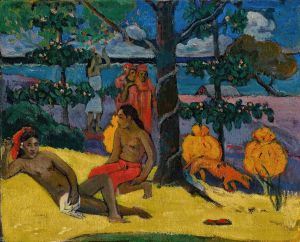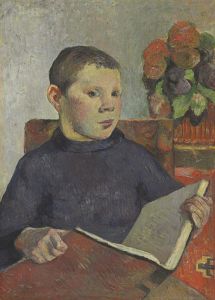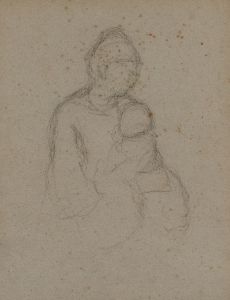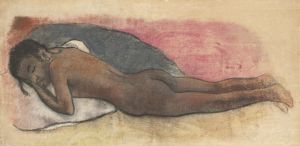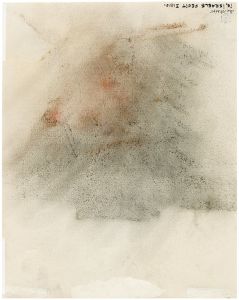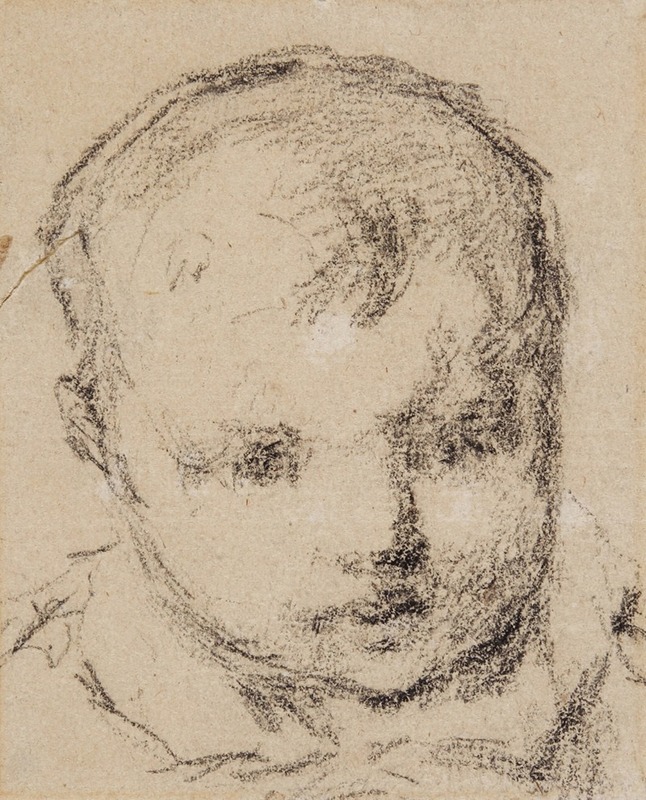
Clovis, le fils de l’artiste
A hand-painted replica of Paul Gauguin’s masterpiece Clovis, le fils de l’artiste, meticulously crafted by professional artists to capture the true essence of the original. Each piece is created with museum-quality canvas and rare mineral pigments, carefully painted by experienced artists with delicate brushstrokes and rich, layered colors to perfectly recreate the texture of the original artwork. Unlike machine-printed reproductions, this hand-painted version brings the painting to life, infused with the artist’s emotions and skill in every stroke. Whether for personal collection or home decoration, it instantly elevates the artistic atmosphere of any space.
"Clovis, le fils de l’artiste" (Clovis, the Artist's Son) is a painting by the French Post-Impressionist artist Paul Gauguin. Created in 1884, this work is a portrait of Gauguin's son, Clovis Gauguin. The painting is notable for its intimate and personal subject matter, reflecting Gauguin's interest in capturing the essence of his family life during this period.
Paul Gauguin was born in Paris in 1848 and became one of the leading figures of the Post-Impressionist movement. His work is known for its bold colors, strong lines, and innovative use of form. Gauguin's artistic journey took him from France to various parts of the world, including Tahiti, where he created some of his most famous works. However, "Clovis, le fils de l’artiste" was painted during a time when Gauguin was still in France, before his extensive travels.
The painting depicts Clovis, who was born in 1879, as a young boy. Gauguin's portrayal of his son is tender and affectionate, capturing the innocence and vulnerability of childhood. The composition is relatively simple, focusing on Clovis's face and upper body. Gauguin uses a muted color palette, with soft shades of brown, beige, and white, which adds to the intimate and serene atmosphere of the painting.
Gauguin's technique in this portrait is characteristic of his early style, which was influenced by the Impressionists. He employs loose brushstrokes and a light touch, creating a sense of immediacy and spontaneity. This approach allows the viewer to feel a direct connection with the subject, as if Clovis is present in the room.
"Clovis, le fils de l’artiste" is also significant because it provides insight into Gauguin's personal life. At the time of this painting, Gauguin was struggling with financial difficulties and was trying to balance his responsibilities as a father and an artist. This portrait reflects his deep affection for his children and his desire to capture their likenesses through his art.
The painting is part of a series of portraits that Gauguin created of his family members. These works are less well-known than his later Tahitian paintings, but they are important for understanding the development of his artistic style and his personal life. "Clovis, le fils de l’artiste" is a testament to Gauguin's skill as a portraitist and his ability to convey emotion and character through his work.
Today, "Clovis, le fils de l’artiste" is held in a private collection, and it is not as widely exhibited as some of Gauguin's other works. However, it remains an important piece in the study of Gauguin's oeuvre, offering a glimpse into the more intimate and personal aspects of his life and art.
In summary, "Clovis, le fils de l’artiste" by Paul Gauguin is a poignant and tender portrait of the artist's son, created during a challenging period in Gauguin's life. The painting showcases Gauguin's early style and his ability to capture the essence of his subjects with sensitivity and affection.





